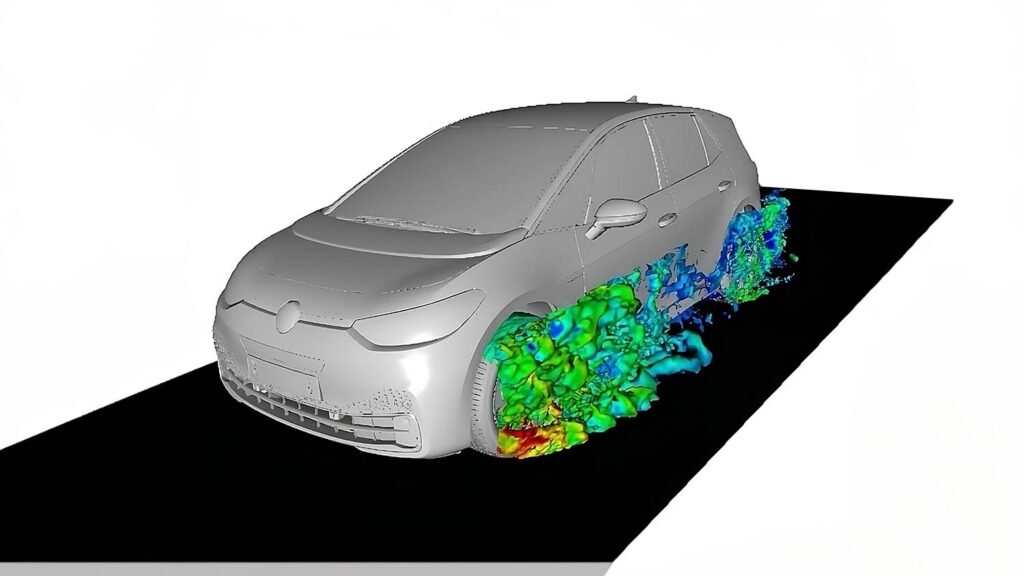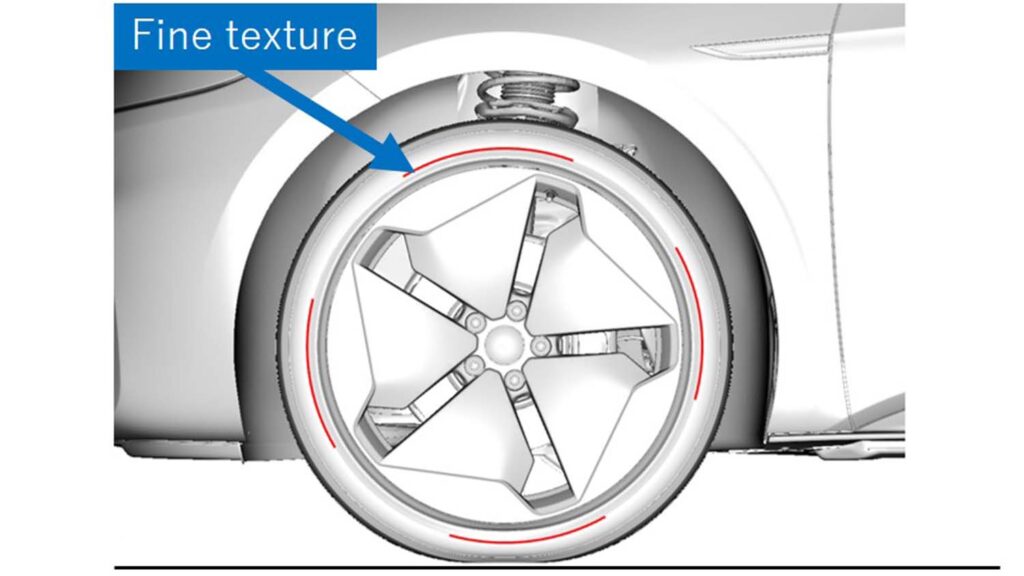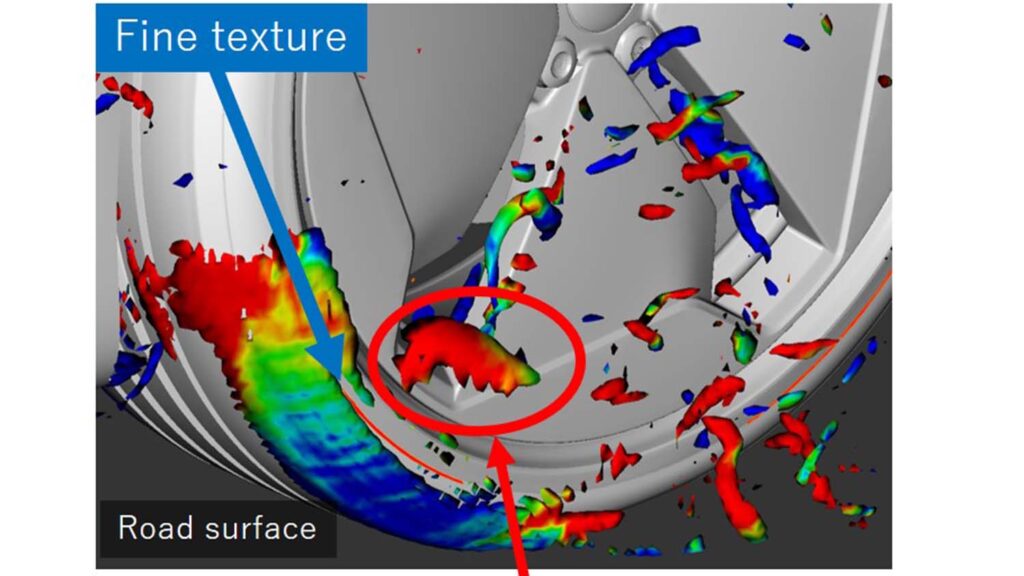New simulation technology utilising AI to analyse the air and rolling resistance of a vehicle tyre is being used by Falken tyres’ parent company to develop next generation rubber for EVs.
Sumitomo Rubber’s Tyre Aerodynamic Simulation is hoped will help engineers better understand the aerodynamic conditions that can account for over 20 per cent of an EV’s air resistance.
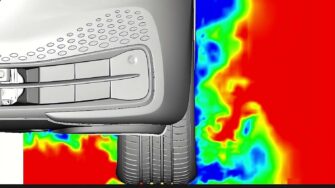 The current project is to develop a tyre that further contributes to lowering the electricity consumption of an EV, with a next-generation Falken EV tyre to be launched in 2027.
The current project is to develop a tyre that further contributes to lowering the electricity consumption of an EV, with a next-generation Falken EV tyre to be launched in 2027.
The newly developed Tyre Aerodynamic Simulation uses actual vehicle data to calculate the aerodynamics of a rotating tyre while simulating the tyre pattern in Dassault Systèmes Simulia’s PowerFlow, using an in-house AI set-up utilising Python code.
With the shift to EVs, the impact of air resistance is becoming increasingly important. Unlike internal combustion engine vehicles, which can lose over 50 per cent of their energy due to heat, EVs suffer much less energy loss from heat. This means that air resistance accounts for a larger portion of total energy loss in EVs.
A Sumitomo spokesperson explained: “The tyres are exposed to the outside of the vehicle body, and the air that passes around the tyres flows out to the side and underside of the vehicle. As a result, 20 to 25 per cent of the energy loss due to air resistance in a passenger car is related to the tyres.
“In EVs, which cause almost no energy loss due to heat, around 34 to 37 per cent of the energy loss is attributed to the tyres, if rolling resistance is included.”
The simulation technique accounts for the effect of tyre deflection due to vehicle weight. In addition, Sumitomo’s engineers have developed a simulation technique that changes the shapes of the lettering and fine texture on the sidewall while they are rotating in the same way as the pattern. While it is important to smoothen the sidewall to reduce air resistance in EVs, using the newly developed simulation technique will enable the development of a tyre that achieves both design and aerodynamic performance at higher levels.
A wind tunnel test was used to verify the simulation, the EV tyre with a decreased airflow trend behind the tyre and greater evenness on the sidewall showed lower air resistance values than the standard tyre.
Sumitomo’s engineers explain that this confirmed the potential of the newly developed simulation technique, while the use of AI helped them ascertain that the sidewall plays a crucial role in air resistance reduction when the air resistance is high.
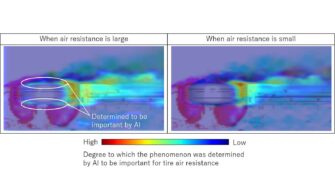 “Adopting this technique yields improved tyre performance with maximised aerodynamic characteristics, leading to reduced aerodynamic drag and electricity consumption for an EV,” concluded the Sumitomo spokesperson.
“Adopting this technique yields improved tyre performance with maximised aerodynamic characteristics, leading to reduced aerodynamic drag and electricity consumption for an EV,” concluded the Sumitomo spokesperson.
As part of its move towards its Circular Economy Concept for the Tyre Industry, which it has named Towanowa and consists of a two-ring structure, with a ‘Sustainable Ring’ consisting of five processes in the value chain and a ‘Data Ring’ linking big data collected from each process. Sumitomo aims to provide new value by sharing/using data between the two rings.

